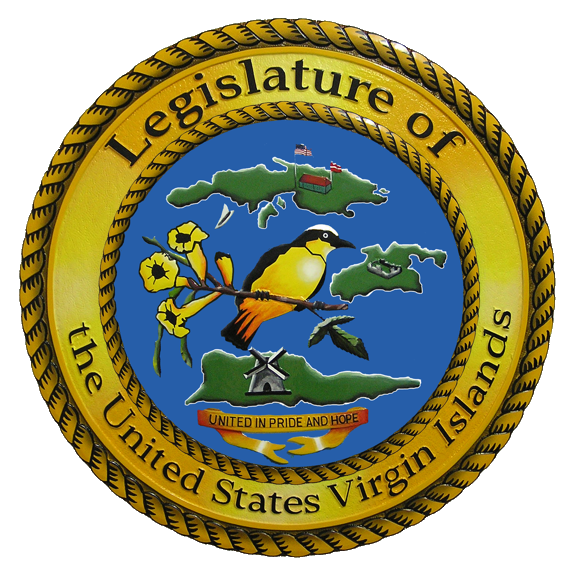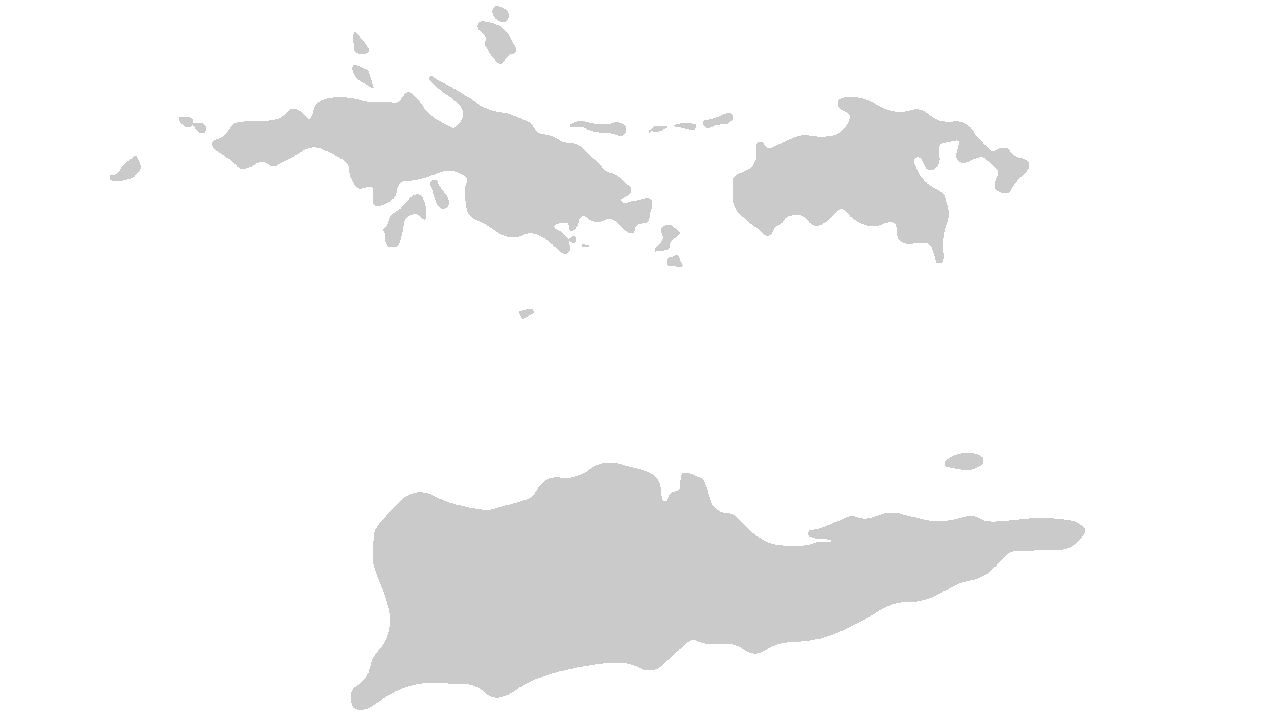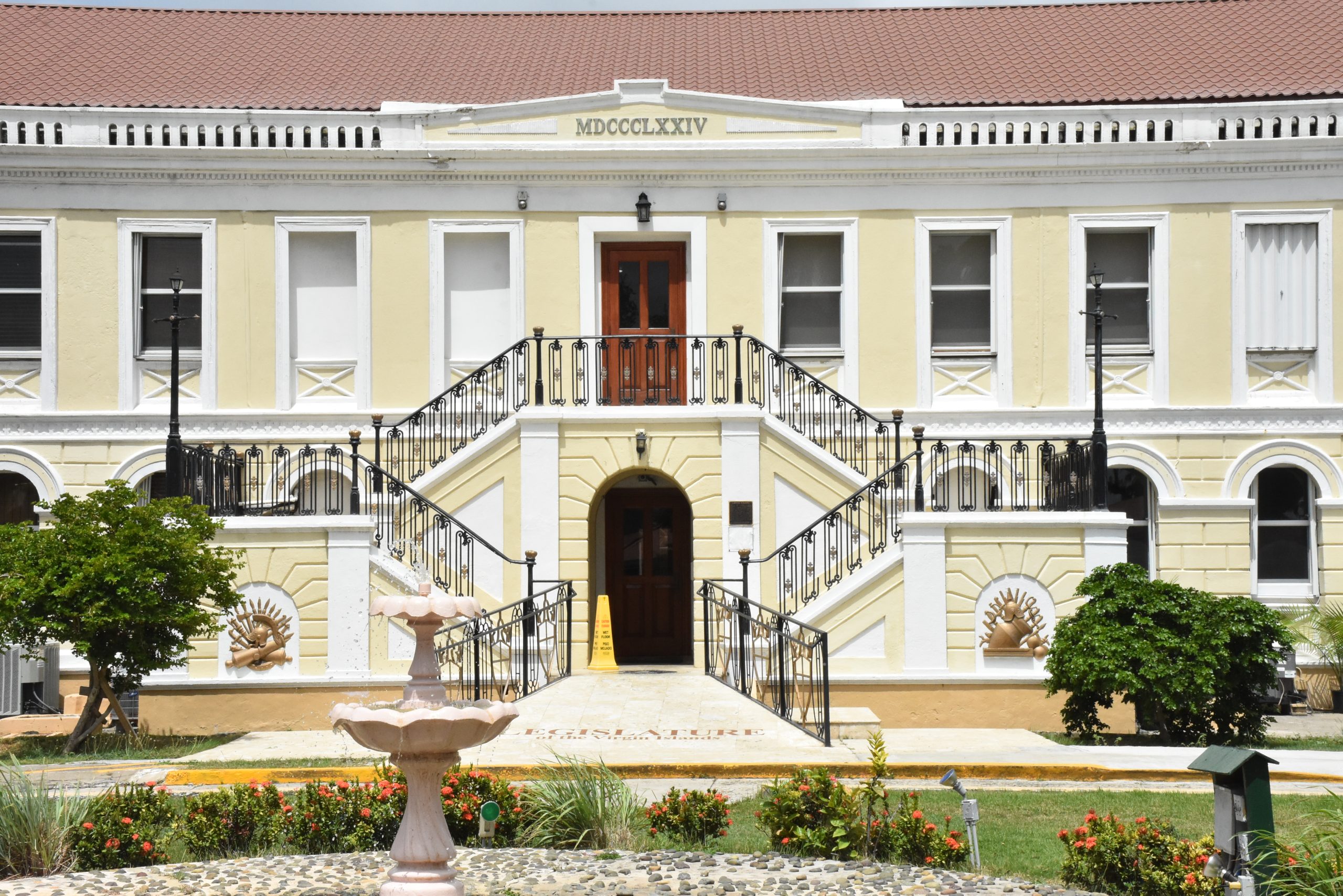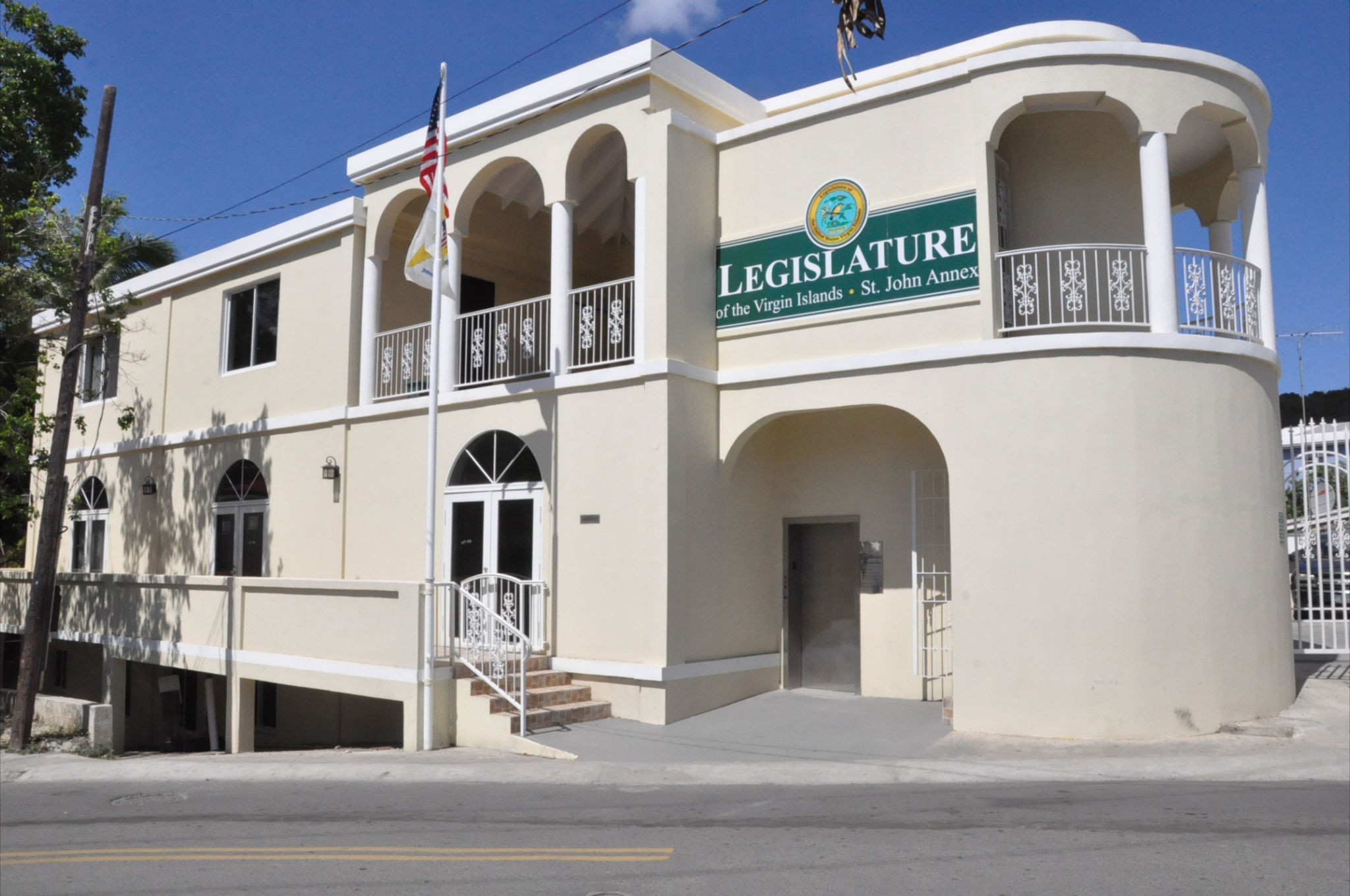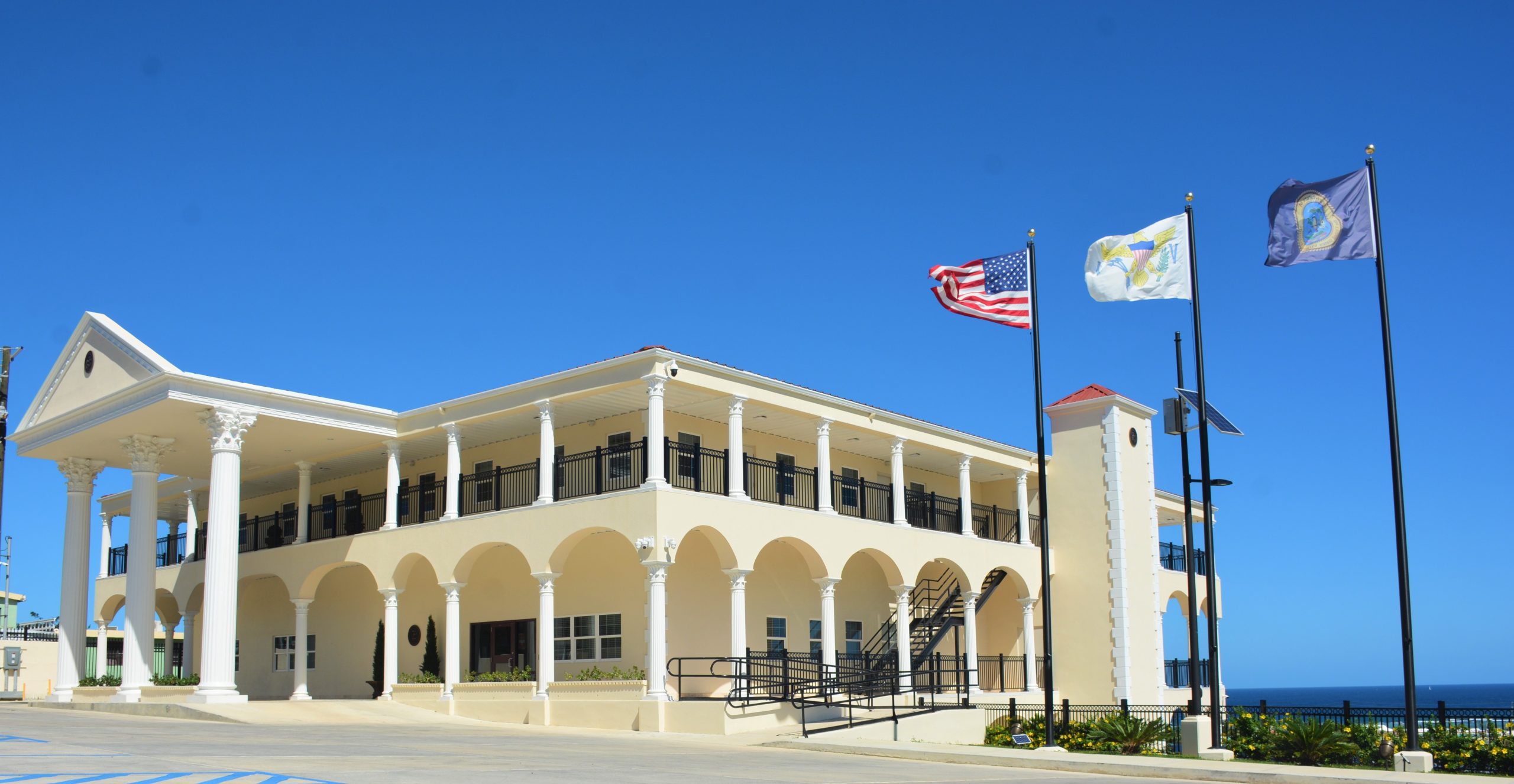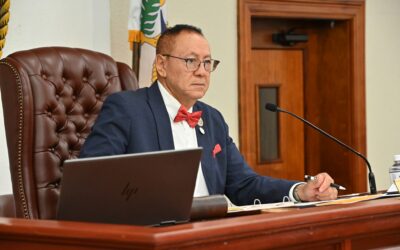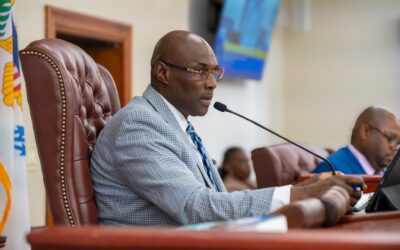COMMITTEE RECEIVES UPDATES ON TERRITORIAL HEALTH CARE FACILTIES
Published: May 4, 2023

The Committee on Health, Hospitals, and Human Services led by Senator Ray Fonseca convened in a meeting at the Earle B. Ottley Legislative Hall. During this hearing, representatives from the Schneider Regional Medical Center, the Myrah Keating Smith Clinic, and the Governor Juan F. Luis Hospital & Medical Center presented operational updates relative to their respective facilities and discussed other key components as it related to their responsibilities.
In Block 1, the Committee received testimony on the operational and implementation status of the Governor Juan F. Luis Hospital & Medical Center.
Christopher F. Finch, the Chairman of the Virgin Islands Government Health and Hospital Corporation delivered testimony. Chairman Finch delivered an overview of facilities in the US Virgin Islands. The Juan F. Luis hospital successfully moved to the interim JFL North Hospital on April 22nd. Several concerns delayed the initial opening for another month after the groundbreaking to correct deficiencies that were uncovered during final inspections. Demolition work at the Charlotte Kimelman Cancer Institute is complete. A request for proposals (RFP) for the renovations on CKCI has been published with bids due on June 14th. In September 2022, the Schneider Regional Medical Center successfully completed the accreditation survey by the Joint Commission on the Accreditation of Hospitals.
Both hospitals have begun implementation of Meditech Expanse. This is an electronic health record system that makes patient information available instantly and securely to authorized users. This enables better communication and coordination of care, assistance with diagnosis, reducing medical errors, improving documentation and efficiency, and streamlining with coding and billing. Union contract negotiations have been completed at fully signed with Licensed Practical Nurses (LPNs), Registered Nurses (RNs), Advanced Practice Nurses (APNs) Nurse Midwives, and Certified Registered Nurse Anesthetists CRNAs. Negotiations are underway for Nurse Supervisors, which is the final remaining nurse union contract. There are additional expired union contracts that must be renewed.
Several construction projects have been in progress. Construction will soon begin on the Charlotte Kimelman Cancer Center in St. Thomas. In St. Croix, work continues the CMU projects, which includes the critical environment support for JFL North, which includes water storage, fire suppression pumps, hot water, electrical service, backup generators, and medical gases. Most of this work is complete, however the territorial board approved a supplemental contract to allow for greater efficiency of water lines. A contract was awarded to construct the critical administration building, the official entrance for JFL north. Future work includes the construction of a parking lot behind JFL North. External work and interior preparation work has begun on the Cassava Gardens building which will house JFL non-patient facing staff and provide warehouse space. It is necessary to lease this space so that the current JFL can be demolished and rebuilt.
Both hospitals have provided balanced budgets. However, Finch made it important to remind the body that hospitals have lost money. He stated that more than half of US hospitals lost money in 2022, despite patient demand. This has been attributed to healthcare services pausing during the pandemic, labor shortages relating to higher wages, and inflation affecting supply and pharmaceutical costs. The large inflation in staffing costs has been related to professionals who have left hospital work during the pandemic, inflation in pharmaceutical costs, as well as supply chain issues. Two federal government level factors impact revenue at the hospitals. Medicare and Medicaid federal health care cost subsidies cover 2/3 to 3/4 of billing.
The challenge with Medicare is the federally mandated TERFA payment system. For Medicare, the financial challenge is the federally mandated TEFRA payment system. The name TEFRA is made up of the initials for the Tax Equity and Fiscal Responsibility Act of 1982. TEFRA was a budget bill designed to save the federal government billions of dollars on Medicare costs. The federal government eventually moved away from TEFRA as the primary Medicare payment system for hospitals, except they left it in place for certain specialty hospitals, and hospitals outside the fifty states and Puerto Rico. This is why TEFRA is used to determine our Medicare payment. There is no option to use a more modern system. TEFRA has not been rebased, meaning it has not been recalculated in numerous years. The SRMC uses 1982 as its TEFRA base year and JFLH uses 1996. There is no local hospital or GVI control over the rebasing.
With Medicaid, the main concern is the annual cap on federal expenditures. Medicaid splits costs between federal and state/territory government. The Federal match rate recently increased to 83%. The previous match rate was 55%. The federal government has a cap on total Medicaid funds available for territories every year. However, no state has a cap. One the VI reaches the CAP, Medicaid will pay $0 federal and must be paid with 100% local dollars. The FY2024 Medicaid Cap for the VI is estimated to be 139.4 million dollars. The hospitals also have budget uncertainties. They have been reliant on Pafford supplied nurses and other professional staff during the pandemic period. There are also many clients who do not pay. These are most of the self-pay clients that make up 9-14% of the expenses including the borders. JFL currently has three boarders and SRMC has thirteen.
Mr. Darryl A. Smalls, the Executive Director of Facilities & Corporate Development Territorial Hospital Redevelopment Team delivered additional testimony. Smalls stated that while they have experienced remarkable success thus far, there were four important milestones to remain. These include the groundbreaking of the Critical Administration building, which would house critical nonclinical functions for up to twenty personnel, including physicians and nursing administration who would directly support JFL North. This building would also serve as the primary entrance to JFL North. The building is expected to span 6,500 square feet and is scheduled to be occupied by October 2023.
Another important project is the construction of the 5-acre leased lot to the east of JFL North. This space will provide parking, as well as hosting a 10,000 square foot building that will provide access to medical records, materials management, and facilities maintenance. Construction is scheduled to be completed by the second quarter of 2024. The transition of the remaining nonclinical personnel that remain JFL main to the leased off-site facility. These facilities’ retrofitting has commenced and will be ready for occupancy by September 2023. This facility will house non-clinical support functions such as the Executive Leadership Team, Human Resources, the Business Office, Medical Records, IT, and will provide for the major bulk storage to support Materials Management and Dietary along with other critical hospital supplies.
There are several renovations that must be done to ensure the proper function of the facility. These were not integrated into the JFL North facility, but essential to care. These non-patient functions include a Network Data center, a Telephone Communications server (VOIP), a Television Network Hub, and a Telephone analog Hub (Fax). The out-patient care functions include Outpatient Radiology Services, the Interim JFL North Inpatient/ Outpatient Access (Registration), Outpatient Phlebotomy, Physical Therapy and Outpatient Diagnostic Cardiology Services. One of the most major important milestones includes the eventual demolition and construction of a state-of-the-art facility. It is anticipated that no later than May 12, 2023, the Independent Expert Panel will have completed their review of the project, then will proceed with the Large Project Notification (LPN) process, which can take up to 45 days.
Douglas E. Koch, the Chief Executive Officer of the Governor Juan F. Luis Hospital delivered testimony. Koch reminded the body that JFL North is a temporary hardened structure which consists of 53 inpatient beds. It is broken down into twenty-three medical surgical beds, twelve critical care beds, ten labor and delivery beds, four neonatal intensive care, and four pediatric beds. This is about the same amount that existed at JFL Main. The New Emergency room at JFL North is expanded with twenty-six beds between the ER and Fast Track areas, with an additional four rooms available for behavioral health holding, until appropriate placement can be arranged, either on or off island.
The new facility has modern technologies such as laboratory analyzers that can process up to twenty-five times more specimens in one cycle than was available. A new 128 slice CT (Computed Tomography) Scanner that allows to scan patients in a faster period is also on site. It will increase the quality of images due to less motion artifact. New surgical suites are built to the latest standards and have much more square footage that will allow surgeons and staff to have the much-needed space for the different technologies used. Nursing teams provide better care by having monitoring systems at the bedside and at a centralized nursing station. With the recent opening of JFL North, two pieces of radiology equipment to the facility. This includes a Phillips x-ray unit and a Philips 128 slice CT scanner. The other X-ray equipment is over $10,000.
Although the facility has added newer technology, the JFL hospital is without several basic imaging needs. Such needs include Fluoroscopy, Nuclear Medicine, portable x-ray unit, c-arm, ultrasound, cardiac catheterization lab, stress testing and MRI. Each of these units vary in cost from $25,000 to multi-million-dollar investments. These projects are currently being evaluated and will come forward through the Board for future considerations as part of the capital budget request process. Due to the immense cost of these items, it is important that due diligence be performed to ensure the return of investment.
Accounts payable at the hospital has improved. Over the past 5 years, accounts payable has decreased from thirty-five million to nineteen million. Accounts receivable continues to improve by increasing the collection rate through the implementation of the Craneware system. Because of the limited capacity of JFL Main, and the limited ability to grow gross revenue, the gross revenue has only grown by 2%. However, net patient revenue has improved by 19% over the past two years. JFL is working with the Board to reconcile receivables with a reconciled number of $21 Million. Based on current collection rates, approximately $10 million is expected to be collected in the next three months. Average wait time at the facility is currently 81 minutes. The current goal is to have patients seen within 25 minutes. The current average wait time in the US Is currently 145 minutes, which is about 2.5 hours. There are plans to reduce this average wait time.
In Block 2, the Committee received testimony on the operational and the redevelopment status of the Schneider Regional Medical Center, St. Thomas and the Myrah Keating Smith Clinic, St. John. Tina Comissiong, Esq., Chief Executive Officer of the Schneider Regional Medical Center delivered testimony. Commissiong mentioned that on September 30, 2022, that Schneider Hospital and Myrah Keating Smith Community Health Center underwent a full accreditation from the joint commission and passed with excellence. The Joint Commission, which is an independent body that evaluates hospitals all over the country, found that the facilities were following, or exceeding the expectations of over 250 standards for the provision of quality health care. Accreditation is valid for the next three years.
In March 2023, there was a separate unannounced Laboratory Services survey which was also successfully complete, and they anticipate receiving their accreditation certificate for the laboratory soon. SRMC is currently working to re-establish Interventional Cardiology Services at SRMC. Adding an interventional cardiologist to the team would allow immediate assistance if someone was having a heart attack and would allow hospital staff to treat chronic heart conditions before they worsen. Gastroenterology services are also being added. Commissiong also spoke of the growing need for hemodialysis in the community, and the need to invest in expanding the capacity to provide life sustaining treatment. The current hemodialysis unit must be expanded, and a new water treatment system added. The process to purchase four new hemodialysis machines has begun.
SRMC continues to recruit other permanent medical staff members to maintain and expand existing services. SRMC needs to add 2 ER MDs, 1 Nephrologist, 1 Psychiatrist, 1 Internal Medicine MD, 1 Orthopedic Surgeon, 1 OB/GYN, 2 Midwives, 4 CRNAs, and 1 ER PA. These positions are currently being filled by expensive temporary staff. SRMC is currently focused on recruiting and retaining nursing staff. The COVID-19 pandemic made permanent staffing more difficult. Higher salaries and generous sign on bonuses from temporary nursing travel companies and a more reasonable cost of living have made it more difficult to recruit permanent staff to come to SRMC. Negotiations with several unions have been completed. New compensation packages have been presented.
117 registered nurses are required to fully staff the hospital. There are seventy-one registered nurses on staff. In the ER, only six of the required twenty-one permanent registered nurse positions have been filled. In the ICU, seven of the thirteen required permanent registered nurse positions have been filled. In the surgical unit, five out of twelve permanent RN Slots are filled. In Fiscal Year 2022, SRMC spent $3.8 Million in locum physician coverage and approximately 5.5 million for contract labor through staffing agencies to fill gaps in clinical vacancies. So far, the organization has spent $1.3 million on locum physician coverage and $3.9 million for contract labor through staffing agencies. Schneider has fallen behind with their obligation to GERS and the GVI CIGNA insurance Program. SRMC acknowledges owing over $690,000 in employee contributions and 1.3 million in employer contributions to GERS and about $7.1 million to the CIGNA insurance program.
On the Revenue Side, SRMC’s current payor mix is unfavorable. SRMC’s major payors consist of Medicare, Medicaid and the uninsured. The payor mix is currently 13% self-pay and uninsured, 39% Medicare, and 25.3% Medicaid. Commercial insurances are only 19.8% of SRMC Business. Workman’s compensation owes SRMC $3.7 Million for care provided to members of the program over the past 5 years. SRMC has been charged 275,000 each month to pay WAPA. There has been no garnishment of other agencies to pay SRMC for services provided. Collections are up from 11% from Fiscal Year 2022 and continue to improve. Cash collections over the past 6 months have averaged $4.3 million, a major improvement from previous years. Monthly collections have grown from 3.5 million per month to 4.5 million and 5.2 million per month over the past 8 months.
Additionally, testimony was delivered by Darryl A. Smalls, Executive Director of Facilities & Corporate Development Territorial Hospital Redevelopment Team. Smalls stated that selective demolition of the Charlotte Kimelman Cancer Center was recently competed. The public solicitation was the week of April 17th, 2023. A pre-bid walk through is scheduled for the week of May 15, 2023. The goal of the THRT is to issue a notice to proceed for the construction no later than September 2023. The target completion date that would coincide with a September NTP would be December 2024. The Myrah Keating Smith Community Health Center, also impacted by the hurricanes, cleared hurdles to arrive at a fixed cost offer from FEMA.
It is anticipated that the Independent Expert Panel, an entity outside FEMA will have completed the review, and will then proceed to the Large Project Notification process which can take up to 45 days, after which, they would receive notification that the project has been obligated. This is considered a “mega project†or one greater than twenty-five Million, there are reviewers who must review the project in deep detail. After the fixed cost offer is received, a solicitation will be issued. The most significant project to be obligated is the Roy L Schneider Hospital. It is the most challenging project. It has met criteria for a full replacement. JFL and RLSH were both constructed as 250 bed hospitals in the 1980s. It is anticipated that the THRT and FEMA will agree on a path forward no later than June 2023, arriving at a Fixed Cost Offer by September 2023.
Senators present at today’s Committee meeting included Ray Fonseca, Kenneth L. Gittens, Marvin A. Blyden, Angel L. Bolques, Jr., Samuel CarriÃÅ’n, Diane T. Capehart, Novelle E. Francis, Jr., Donna A. Frett-Gregory, Marise C. James, Franklin D. Johnson, Carla J. Joseph, and Milton E. Potter.
Related Content
COMMITTEE VETS BILL TO ESTABLISH REQUIRED SERVICES AT NURSING HOMES AND ASSISTED LIVING FACILITIES, RECIEVES OVERVIEW OF WASTEWATER DISCHARGE CONCERNS, RECIEVES UPDATE FROM SCHNEIDER REGIONAL CONCERNING DIALYSIS SERVICES
ST. THOMAS, VI – The 36th Legislature of the Virgin Islands’ Committee on Health, Hospitals, and Human Services, led by Senator Ray Fonseca, met at the Earle B. Ottley Legislative Hall. Lawmakers considered a measure that would establish the services that nursing...
COMMITTEE RECEIVES FY 2026 BUDGET REQUESTS FOR BMV, SPORTS, PARKS, AND RECREATION, AND PROPERTY AND PROCUREMENT
ST. THOMAS, VI – The Committee on Budget, Appropriations, and Finance, chaired by Senator Novelle E. Francis Jr., met in the Earle B. Ottley Legislative Hall on St. Thomas to receive testimony for the Fiscal Year 2026 Budget from the Bureau of Motor Vehicles (BMV),...
COMMITTEE RECEIVES FY 2026 BUDGET REQUESTS FOR OFFICE OF THE ADJUTANT GENERAL, VETERANS AFFAIRS, AND EDUCATION
ST. THOMAS, VI – The Committee on Budget, Appropriations, and Finance, chaired by Senator Novelle E. Francis Jr., met in the Earle B. Ottley Legislative Hall on St. Thomas to receive testimony for the Fiscal Year 2026 Budget from the Office of the Adjutant General,...
